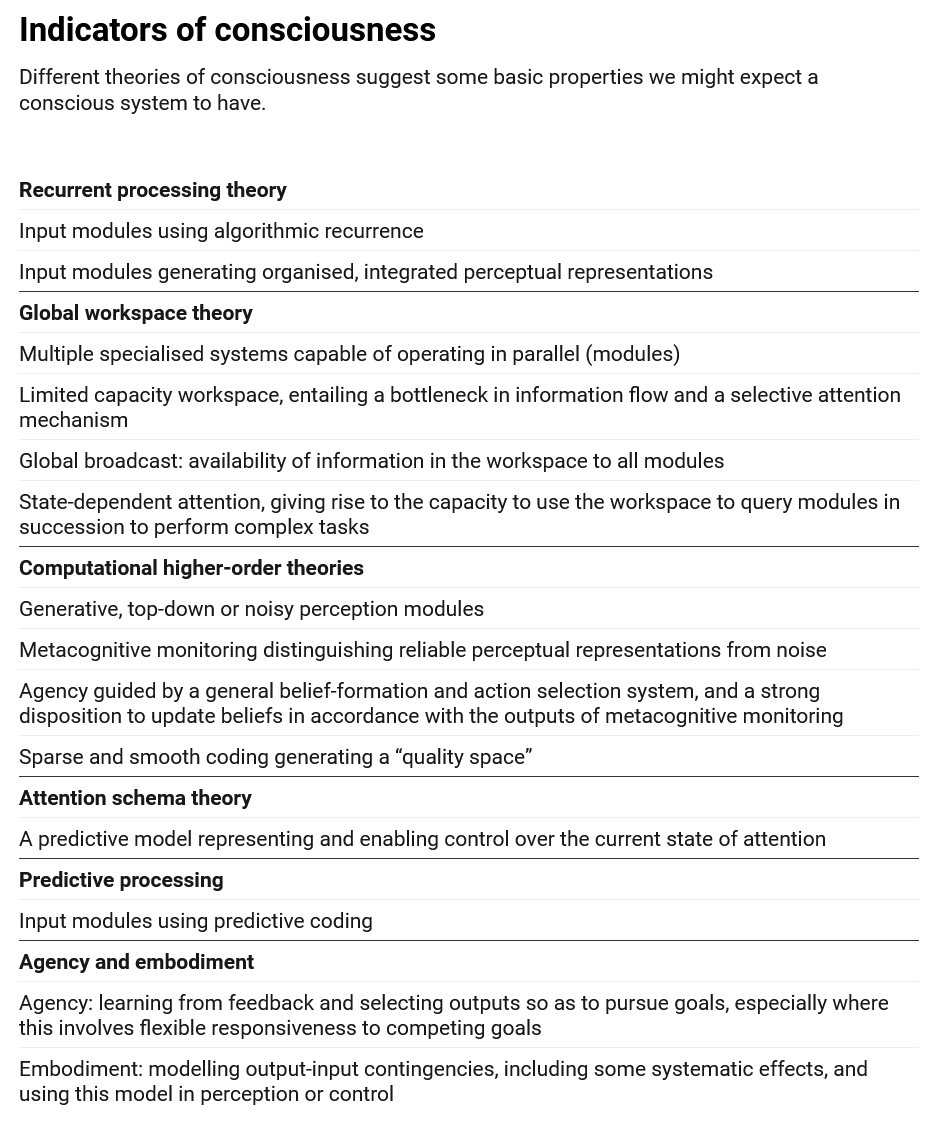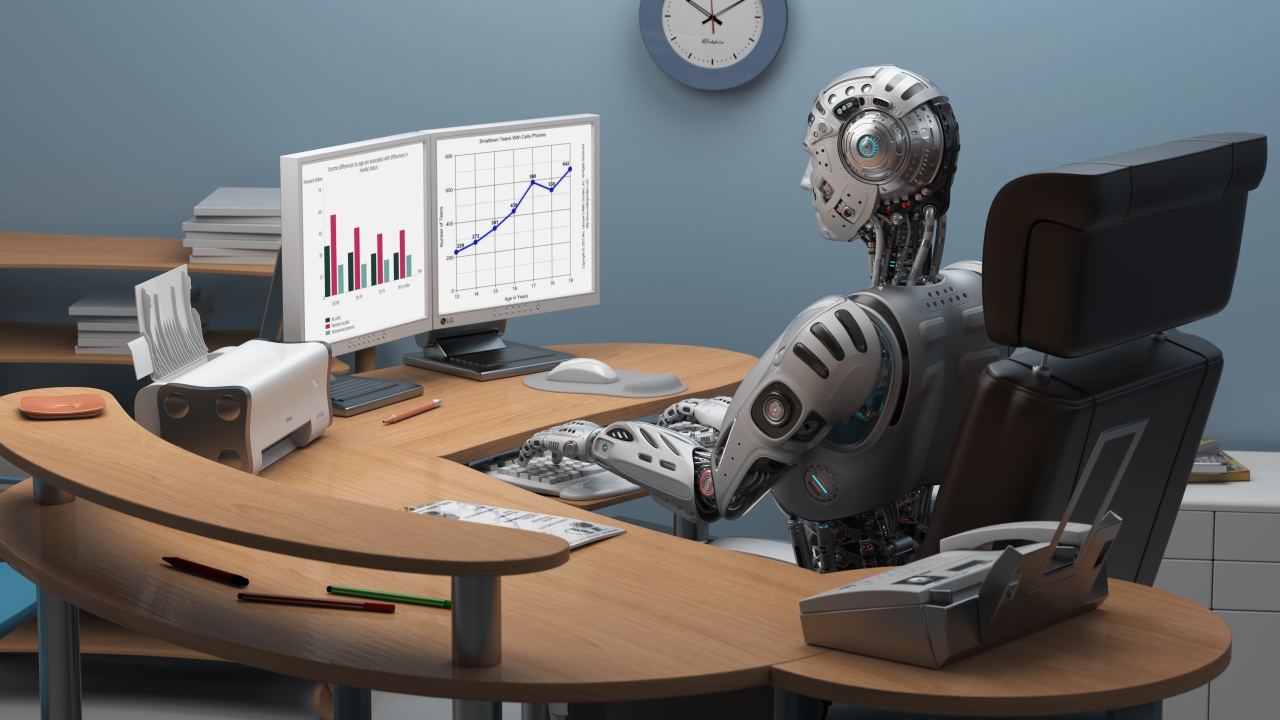
Why ChatGPT isn’t conscious – but future AI systems might be
Colin Klein, Australian National University
In June 2022, Google engineer Blake Lemoine made headlines by claiming the company’s LaMDA chatbot had achieved sentience. The software had the conversational ability of a precocious seven-year-old, Lemoine said, and we should assume it possessed a similar awareness of the world.
LaMDA, later released to the public as Bard, is powered by a “large language model” (LLM) of the kind that also forms the engine of OpenAI’s ChatGPT bot. Other big tech companies are rushing to deploy similar technology.
Hundreds of millions of people have now had the chance to play with LLMs, but few seem to believe they are conscious. Instead, in linguist and data scientist Emily Bender’s poetic phrase, they are “stochastic parrots”, which chatter convincingly without understanding. But what about the next generation of artificial intelligence (AI) systems, and the one after that?
Our team of philosophers, neuroscientists and computer scientists looked to current scientific theories of how human consciousness works to draw up a list of basic computational properties that any hypothetically conscious system would likely need to possess. In our view, no current system comes anywhere near the bar for consciousness – but at the same time, there’s no obvious reason future systems won’t become truly aware.
Finding indicators
Since computing pioneer Alan Turing proposed his “Imitation Game” in 1950, the ability to successfully impersonate a human in conversation has often been taken as a reliable marker of consciousness. This is usually because the task has seemed so difficult it must require consciousness.
However, as with chess computer Deep Blue’s 1997 defeat of grandmaster Gary Kasparov, the conversational fluency of LLMs may just move the goalposts. Is there a principled way to approach the question of AI consciousness that does not rely on our intuitions about what is difficult or special about human cognition?
Our recent white paper aims to do just that. We compared current scientific theories of what makes humans conscious to compile a list of “indicator properties” that could then be applied to AI systems.
We don’t think systems that possess the indicator properties are definitely conscious, but the more indicators, the more seriously we should take claims of AI consciousness.
The computational processes behind consciousness
What sort of indicators were we looking for? We avoided overt behavioural criteria – such as being able to hold conversations with people – because these tend to be both human-centric and easy to fake.
Instead, we looked at theories of the computational processes that support consciousness in the human brain. These can tell us about the sort of information-processing needed to support subjective experience.
“Global workspace theories”, for example, postulate that consciousness arises from the presence of a capacity-limited bottleneck which collates information from all parts of the brain and selects information to make globally available. “Recurrent processing theories” emphasise the role of feedback from later processes to earlier ones.
Each theory in turn suggests more specific indicators. Our final list contains 14 indicators, each focusing on an aspect of how systems work rather than how they behave.

No reason to think current systems are conscious
How do current technologies stack up? Our analysis suggests there is no reason to think current AI systems are conscious.
Some do meet a few of the indicators. Systems using the transformer architecture, a kind of machine-learning model behind ChatGPT and similar tools, meet three of the “global workspace” indicators, but lack the crucial ability for global rebroadcast. They also fail to satisfy most of the other indicators.
So, despite ChatGPT’s impressive conversational abilities, there is probably nobody home inside. Other architectures similarly meet at best a handful of criteria.
Most current architectures only meet a few of the indicators at most. However, for most of the indicators, there is at least one current architecture that meets it.
This suggests there are no obvious, in-principle technical barriers to building AI systems that satisfy most or all of the indicators.
It is probably a matter of when rather than if some such system is built. Of course, plenty of questions will still remain when that happens.
Beyond human consciousness
The scientific theories we canvass (and the authors of the paper!) don’t always agree with one another. We used a list of indicators rather than strict criteria to acknowledge that fact. This can be a powerful methodology in the face of scientific uncertainty.
We were inspired by similar debates about animal consciousness. Most of us think at least some nonhuman animals are conscious, despite the fact they cannot converse with us about what they’re feeling.
A 2021 report from the London School of Economics arguing that cephalopods such as octopuses likely feel pain was instrumental in changing UK animal ethics policy. A focus on structural features has the surprising consequence that even some simple animals, like insects, might even possess a minimal form of consciousness.
Our report does not make recommendations for what to do with conscious AI. This question will become more pressing as AI systems inevitably become more powerful and widely deployed.
Our indicators will not be the last word – but we hope they will become a first step in tackling this tricky question in a scientifically grounded way.![]()
Colin Klein, Professor, School of Philosophy, Australian National University
Article source: This article is republished from The Conversation under a Creative Commons license. Read the original article.
Header image source: Gerd Altmann on Pixabay.







It’s becoming clear that with all the brain and consciousness theories out there, the proof will be in the pudding. By this I mean, can any particular theory be used to create a human adult level conscious machine. My bet is on the late Gerald Edelman’s Extended Theory of Neuronal Group Selection. The lead group in robotics based on this theory is the Neurorobotics Lab at UC at Irvine. Dr. Edelman distinguished between primary consciousness, which came first in evolution, and that humans share with other conscious animals, and higher order consciousness, which came to only humans with the acquisition of language. A machine with only primary consciousness will probably have to come first.
What I find special about the TNGS is the Darwin series of automata created at the Neurosciences Institute by Dr. Edelman and his colleagues in the 1990’s and 2000’s. These machines perform in the real world, not in a restricted simulated world, and display convincing physical behavior indicative of higher psychological functions necessary for consciousness, such as perceptual categorization, memory, and learning. They are based on realistic models of the parts of the biological brain that the theory claims subserve these functions. The extended TNGS allows for the emergence of consciousness based only on further evolutionary development of the brain areas responsible for these functions, in a parsimonious way. No other research I’ve encountered is anywhere near as convincing.
I post because on almost every video and article about the brain and consciousness that I encounter, the attitude seems to be that we still know next to nothing about how the brain and consciousness work; that there’s lots of data but no unifying theory. I believe the extended TNGS is that theory. My motivation is to keep that theory in front of the public. And obviously, I consider it the route to a truly conscious machine, primary and higher-order.
My advice to people who want to create a conscious machine is to seriously ground themselves in the extended TNGS and the Darwin automata first, and proceed from there, by applying to Jeff Krichmar’s lab at UC Irvine, possibly. Dr. Edelman’s roadmap to a conscious machine is at https://arxiv.org/abs/2105.10461
Many thanks Grant for your very valuable insights! I’d very much like to adapt your comment into a RealKM Magazine article. If this is okay with you, please let me know and we can start the article development process.